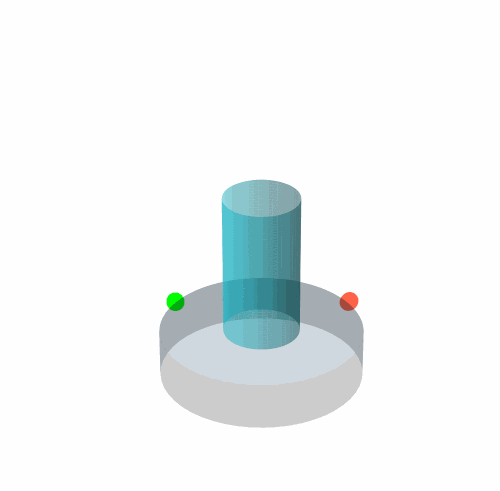Soft material robotics offers important advantages over traditional, "hard" robotics. The behavior of a soft robot is not exclusively the result of control commands, as is the case for hard robots. Instead, behavior is also determined by the robot's shape and material properties, i.e. the robot's morphology. As soft robots come into contact with their environment, they deform, implicitly performing aspects of control, sensing, and actuation. Clever morphological design therefore favorably affects the robot's behavior while at the same time simplifying control and sensing. The benefits of appropriate morphological design have been demonstrated in many systems and applications, ranging from swimming robots to flying robots and from grasping to locomotion.
The "programming" of soft robots, however, remains largely an open problem. Whereas for hard robots, programming meant the specification of actuation commands, in the case of soft robots we must program control as well as "program" the robot's morphology to fully leverage the advantages afforded by soft material robotics. And, of course, these two problems interact very closely. We therefore speak of a co-design problem: we must determine control and morphology together to determine the behavior of a system. Existing solutions to this problem consist of solution instances designed by intuition and trial-and-error. For soft material robotics to mature as a field, we must develop an understanding of this novel design process and derive design guidelines that transfer between problems.
The central dogma of co-design is that the search space spanning hardware, control and environment design parameters is high-dimensional. Furthermore, we still lack established practices that make co-design effective for complex robotic systems. Hardware, control, and environment design methodologies are disparate, confining the design exploration along a single axis of the design space. To seamlessly transition between hardware, control, and environment-centric designs, we need a unifying representation that enables us to selectively distribute responsibilities. In this project, we use environmental constraints as the underlying representation of the co-design space, rendering a co-design space amenable to gradient-based optimization.
Funding
This project is funded by the European Commission (SOMA, H2020-ICT-645599), the Deutsche Forschungsgemeinschaft (DFG, German Research Foundation) under Germany’s Excellence Strategy - EXC 2002/1 ”Science of Intelligence” - project number 390523135 and German Priority Program DFG-SPP 2100 “Soft Material Robotic Systems”


